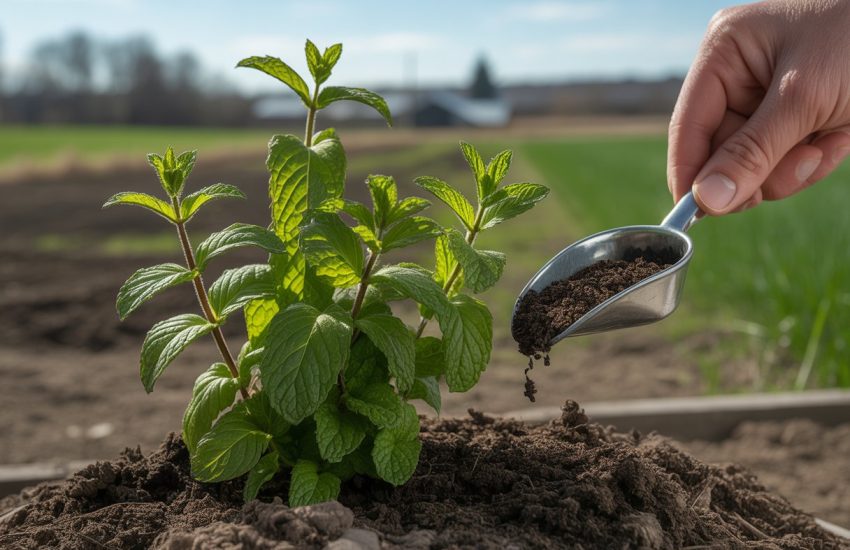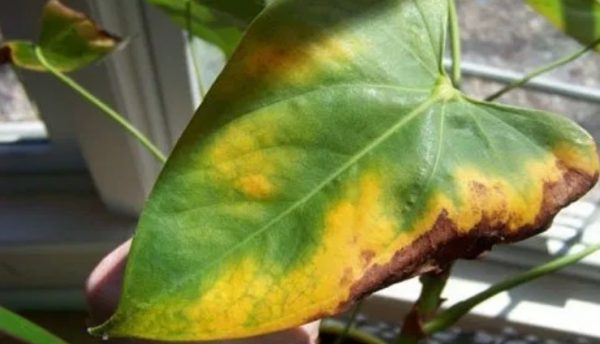How to Grow a Pomegranate Tree: Tips and Tricks for Success
Pomegranate trees are a beautiful addition to any garden or landscape. Not only are they aesthetically pleasing, but they also produce a delicious and healthy fruit. Growing a pomegranate tree may seem intimidating, but with the right knowledge and care, anyone can successfully cultivate this fruit-bearing tree.

The first step in growing a pomegranate tree is to choose the right location. Pomegranate trees require full sun and well-draining soil. They can tolerate some drought, but it’s important to make sure they receive adequate water during the growing season. It’s also important to consider the climate in your area, as pomegranate trees are best suited for warm, dry climates.
Once the location has been chosen, it’s time to plant the tree. Pomegranate trees can be planted in the fall or spring, but fall planting is preferred in areas with mild winters. When planting, make sure the hole is twice the size of the root ball and that the top of the root ball is level with the soil surface. After planting, it’s important to water the tree thoroughly and add a layer of mulch around the base to help retain moisture. With proper care and attention, your pomegranate tree will thrive and produce delicious fruit for years to come.
Planting and Basic Care
Choosing the Right Location
When choosing a location for planting a pomegranate tree, it is important to select a spot with full sun exposure. The tree should also be planted in an area with well-drained soil that has a pH level between 5.5 and 7.5. The climate should be warm, with temperatures ranging from 40 to 90 degrees Fahrenheit. In areas with frost, it is recommended to plant a dwarf variety of the tree.
Soil Preparation and Planting
Before planting, it is important to prepare the soil. The area should be cleared of any weeds or grass, and the soil should be tilled to a depth of at least 12 inches. Compost or manure can be added to the soil to improve its fertility. The planting hole should be dug to a depth that allows the root ball to be planted level with the surrounding soil. The tree should be watered thoroughly after planting to help settle the soil.
Watering and Fertilization
Pomegranate trees require regular watering, especially during the growing season. The tree should be watered deeply once a week, or more frequently in hot, dry weather. Fertilizer should be applied in the spring, and again in the summer if necessary. A balanced fertilizer with an NPK ratio of 10-10-10 is recommended.
Pruning and Maintenance
Pruning is important for maintaining the health and shape of the tree. New growth should be pruned back to encourage a strong framework. Suckers should also be removed to prevent the tree from becoming too bushy. Pomegranate trees are generally low-maintenance, but it is important to monitor for pests and diseases.
Pest and Disease Management
Pomegranate trees can be susceptible to pests such as aphids and whiteflies, as well as diseases such as heart rot and frost damage. Regular inspection and treatment with appropriate pesticides or fungicides can help prevent these issues. Good hygiene practices, such as removing fallen fruit and pruning out affected branches, can also help prevent the spread of disease.
Harvesting and Utilization

When and How to Harvest
Pomegranate fruits are ready to harvest when they are fully ripe and have developed a deep red color. The best way to determine if a pomegranate is ripe is to gently press on the skin. If it feels soft, it’s ready to harvest.
To harvest a pomegranate, simply cut the fruit off the tree using a pair of sharp pruning shears. It’s important to leave a small piece of stem attached to the fruit, as this will help to prolong its shelf life.
Storage and Usage of Pomegranates
Pomegranates can be stored in a cool, dry place for up to several weeks. Alternatively, they can be refrigerated for up to two months.
Pomegranates are a versatile fruit that can be used in a variety of recipes, including salads, desserts, and juices. The arils, or seeds, are the most commonly used part of the fruit. They are sweet and juicy, and can be eaten on their own or used as a garnish.
Cultivating Pomegranates in Containers
Pomegranate plants can be grown in containers, making them an ideal choice for gardeners with limited space. They require a sunny location and well-draining, loamy soil.
When growing pomegranates in containers, it’s important to choose a cultivar that is suitable for bonsai or container growing. Some popular cultivars include ‘Wonderful’, ‘Ambrosia’, and ‘Grenada’.
To overwinter pomegranate plants in containers, they should be moved to a cool, dark location, such as a garage or basement. Watering should be reduced during this time, as the plant will be dormant.
Overall, growing and harvesting pomegranates can be a rewarding experience for any gardener. With proper care and attention, pomegranate plants can produce a bountiful harvest of sweet, juicy fruits that can be enjoyed in a variety of ways.


